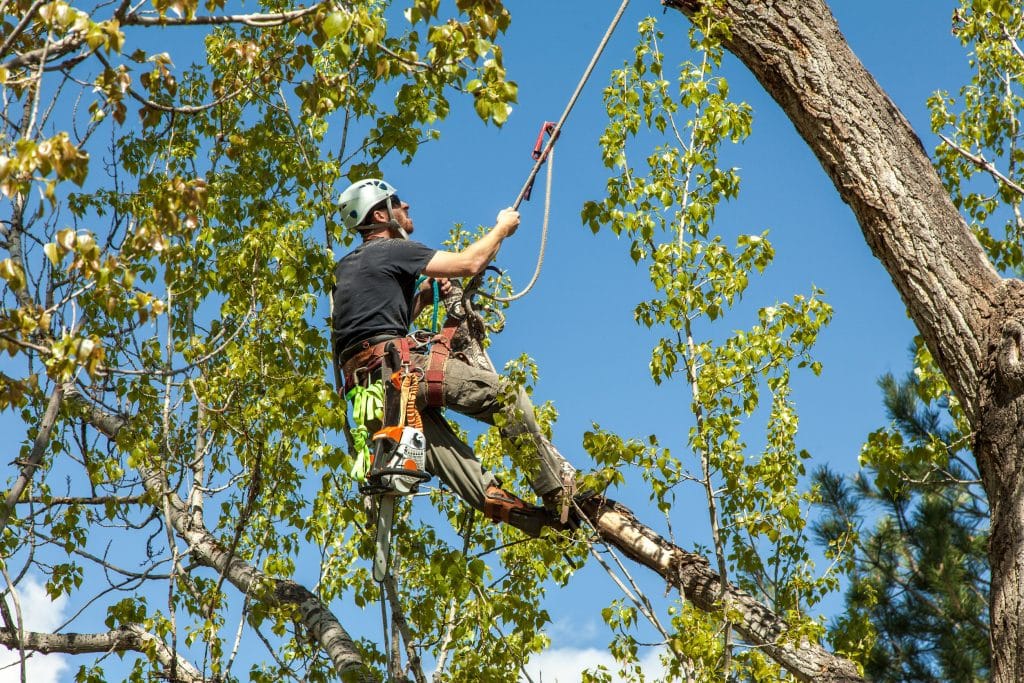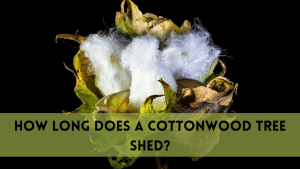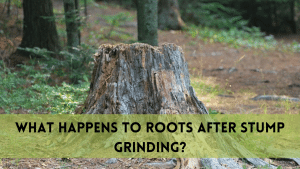Removing a palm tree stump can be a difficult process, but it is frequently required to reclaim space in your yard, prevent regrowth, or eliminate potential risks. Palm trees are recognized for having tough root systems, which can make stump removal more difficult than it appears.
This tutorial will go over many ways and steps for effectively and safely remove tree stump without a grinder. Whether you’re a seasoned DIY enthusiast or seeking professional assistance, understanding the process is essential for a successful outcome. From digging to grinding and chemical treatments, we will delve into the options available to help you bid farewell to that stubborn palm tree stump once and for all.
Why Removing Tree Stump Is Important?
Removing a tree stump is important for several compelling reasons. To begin with, palm tree stumps are unattractive and detract from the overall attractiveness of your property. They can provide breeding grounds for pests and diseases, threatening the health of other plants nearby. Additionally, these stumps may present tripping hazards, particularly if grass or other vegetation obscures them, which could result in accidents or injuries.
Additionally, palm tree stumps can obstruct landscaping efforts, making it difficult to plant fresh vegetation or add features such as patios or walkways. Their vast root systems can cause damage and costly repairs by interfering with subterranean utilities.
Moreover, palm tree stumps have the potential to regrow, leading to the emergence of new palm trees if not properly addressed. To prevent these issues and ensure a safe, visually appealing, and functional outdoor space, the removal of palm tree stumps is crucial.
Remove Tree Stump without A Grinder
Tools and materials you’ll need:
- Safety gear (gloves, safety glasses, ear protection)
- Chainsaw
- Shovel
- Pickaxe or mattock
- Stump grinder (optional)
- Chemical stump remover (optional)
- Drill with a spade bit (if using chemical remover)
- Kerosene (if using chemical remover)
- Chains and a vehicle (if using the towing method)
- Safety cones or barriers
Steps
- If you’re using power tools, put on your safety gear to protect yourself from flying debris and noise.
- Cut the palm tree stump as close to the ground as possible with a chainsaw. This will make the removal process go more smoothly.
- Dig around the stump with a shovel to expose the roots.
- A pickaxe or mattock can be used to break up the dirt around larger stumps.
- Using an axe or a root saw, cut the roots. Avoid damaging subsurface utilities by being cautious and working carefully.
- After removing the stump, fill the hole with soil and pack it down to prevent settling.
- Ensure the area is safe by covering the hole with soil, placing safety cones or barriers around it, and removing any debris.
You have several choices here:
Make use of a stump grinder: Renting a stump grinder might help you get the stump down to ground level quickly.
Chemical removal of stump: Drill numerous holes into the stump and fill them with a chemical stump remover to remove it. If you follow the product’s directions, the stump will gradually decay.
Towing method: Attach chains to the stump and pull it out with a vehicle. This procedure works well for minor stumps.
Chemical Removal of Stump
Chemically removing a palm tree stump requires the use of stump remover chemicals, which are commonly accessible at garden shops or hardware stores. The primary chemical used for this purpose is potassium nitrate, which is frequently offered under numerous brand names. Here’s a step-by-step guide for chemically removing a palm tree stump:
- First and foremost, wear adequate safety gear, including gloves and eye protection, as the chemicals involved can be harmful.
- Trim the Stump as close to the ground as possible, removing any superfluous leaves or branches. Drill many holes into the top and sides of the stump with a power drill fitted with a big bit. These holes should be about an inch in diameter and should go deep into the stump.
- Fill the holes in the stump with potassium nitrate stump remover. Follow the manufacturer’s directions for the correct dosage, but in general, you’ll want to use about 3-4 ounces of the chemical per hole.
- Moisten the stump and the surrounding soil to aid in the breakdown process. This will allow the chemical to penetrate and speed up the degradation of the wood.
- Cover the stump with a tarp or plastic sheet to keep it wet and rain-free. Then, be patient. Depending on the size and condition of the stump, it may take several weeks to several months to soften and degrade completely.
- Remove Once the stump has deteriorated sufficiently, use a shovel or an axe to break it apart and remove the fragments from the ground.
FAQs
What are the alternatives to using a stump grinder?
Alternatives include using chemicals, burning the stump, manual removal with tools, or hiring a professional tree removal service.
Can I remove a stump without damaging surrounding plants or structures?
Yes, but it requires careful planning and execution to minimize damage. Consider the method and tools you use.
How long does it take to remove a stump without a grinder?
The time varies depending on the stump’s size, type, and the removal method chosen. It can take several weeks or months.
Is it safe to burn a tree stump?
Burning can be effective but poses fire safety risks, and local regulations may restrict this method. Exercise caution and check local ordinances.
Can I reuse the wood from the stump after removal?
Yes, you can repurpose the wood for firewood or other DIY projects once the stump is removed.
Conclusion
Removing a tree stump without a grinder is entirely possible with various methods, such as using chemicals, burning, or manual extraction. Each strategy has advantages and disadvantages, and factors like your budget, time frame, and local laws will affect your choice. Take measures, wear suitable gear, and consider getting professional guidance if you’re unclear about the best method.





